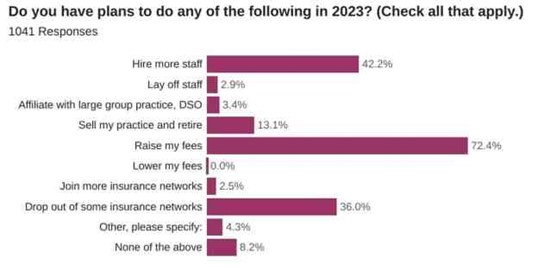MM Curator summary
The article below has been highlighted and summarized by our research team. It is provided here for member convenience as part of our Curator service.
[MM Curator Summary]: The state house is hearing all about designs to pilot a new program to use Medicaid funding to impact homelessness, a la HI, AZ and NY.
Clipped from: https://www.golocalprov.com/news/ri-legislators-want-to-use-medicaid-waiver-funds-to-provide-homeless-with-h
The proposal comes after a recent multi-week protest about RI’s homelessness policies at the State House. PHOTO: Sionni
Rhode Island legislators on Tuesday introduced a proposal to create a pilot program testing the effectiveness of using Medicaid waiver funds to provide the chronically homeless with housing.
Rhode Island State Representative David Bennett and State Senator Josh Miller’s proposal (2023 H-5098), modeled after legislation in Hawaii, directs the Executive Office of Health and Human Services (EOHHS) to commission Medicaid waiver funds for a pilot program covering supportive housing services to people suffering from chronic homelessness.
The program would provide individuals with behavioral health services, case management, personal care and assistance services, home and community-based services and housing support services. Arizona and New York have similar programs, housing thousands of chronically ill individuals and saving taxpayers in both states.
GET THE LATEST BREAKING NEWS HERE — SIGN UP FOR GOLOCAL FREE DAILY EBLAST
“As an RN case manager, I’ve worked with a lot of these folks. When they don’t have a roof over their heads, it’s very hard to make sure they’re taking their medications regularly, make sure they’re going to the doctor,” said Bennett (D-Dist. 20, Warwick) who is a registered nurse who has seen the impact of housing first hand. But once they have housing, they can recover and stand on their own two feet again.”
Modeling Other States
According to the National Alliance to End Homelessness, roughly 20% of homeless individuals are defined as chronically homeless, meaning they have been homeless for at least a year and suffer from chronic and complex health conditions including mental illnesses, substance use disorders, and medical conditions. Without stable housing, they cycle in and out of emergency departments, inpatient hospital stays, psychiatric centers, detoxification programs, and jails, costing taxpayers roughly $35,000 per year as of 2017.
“The acute correlation between homelessness and adverse health conditions is a heinous reality. Unfortunately, issues tend to be aggravated since the tragedy of homelessness brings more attention to shelter than to treatment options,” said Miller (D-Dist. 28, Cranston, Providence). “Getting people into housing removes the burden of finding shelter and allows for the freedom to get connected with programs and employment opportunities, while directly engaging in the most effective preventative care mechanism we have, a roof.”
One of the biggest health costs related to homelessness is emergency room visits, said Miller, who co-chaired a 2013 Senate commission that studied ways to reduce ER visits. Homeless individuals show up to emergency rooms for many reasons.
According to the legislators’ release, homeless individuals “often struggle to get preventive care, so regular problems may not get treatment until they become critical. Emergency rooms cannot, by law, turn anyone away for inability to pay, so homeless individuals can use them to address more mundane health issues. Sometimes, shelters are full and families just need somewhere warm to sleep.”

